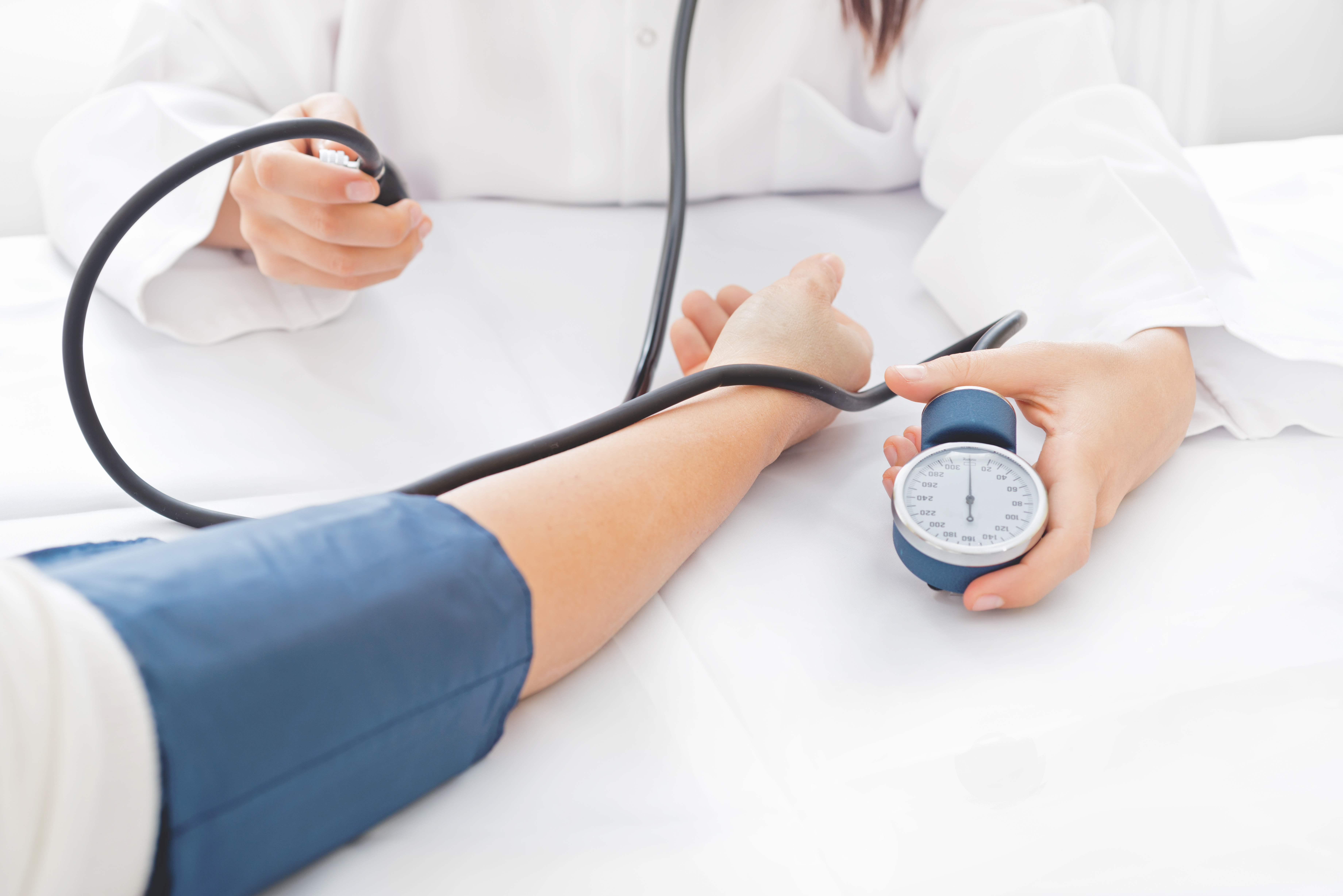While in the United States, nearly half of adults have high blood pressure, a leading cause of heart disease, and nearly 75% of cases remain above recommended blood pressure levels despite prescribed treatments, these data warn, for the first time, about the reduced effectiveness, for many chronic diseases, of remote health care. “Since the start of the pandemic, most patients have taken less care of themselves. Many lifestyle factors (eating habits, alcohol consumption, decreased physical activity, decreased adherence to treatments, increased emotional stress, poor quality of sleep) help explain the overall increase in blood pressure. blood pressure, says lead author Dr. Luke J. Laffin, co-director of the Center for Blood Pressure Disorders.
But changes in the mode of care and health monitoring are very probably also to blame. With considerable consequences for public health.
–
“Even small increases in blood pressure increase the risk of stroke
and other cardiovascular diseases ”, underlines the author.
Analysis anonymized health data from a well-being or occupational health program, has made it possible to assess changes in blood pressure levels before and during the COVID pandemic in nearly half a million adults -19. The participants were divided into 4 groups: normal blood pressure, elevated blood pressure, stage 1 hypertension and stage 2 hypertension. Analysis reveals that:
- during the pandemic (April to December 2020), the average monthly increases in blood pressure were, compared to the same period in 2019:
- for systolic blood pressure (the highest number or pressure that the blood exerts against the arterial walls with each cardiac contraction): between 1.10 and 2.50 mm Hg;
- for diastolic blood pressure (the lower number, or the pressure that the blood exerts against the arterial walls when the heart is at rest, between contractions): between 0.14 and 0.53 mm Hg,
- higher increases in blood pressure were seen in women for systolic and diastolic blood pressure, in older participants for systolic blood pressure, and in younger participants for diastolic blood pressure;
- During the pandemic from April to December 2020, compared to the pre-pandemic period, 26.8% of participants joined a higher blood pressure group, while only 22% joined a lower blood pressure category.
Thus, this large study raises awareness of the need to remain, even in a pandemic emergency, attentive to chronic health problems such as worsening blood pressure, ”the researchers conclude. Monitoring your blood pressure, exercising regularly, eating a healthy diet, but also being able to consult your doctor regularly to monitor your risk factors and continue treatment is just as important as compliance with barrier measures.
In other words, emergency protective measures should not interfere with the pursuit of comprehensive and rigorous chronic disease monitoring.
Did the trend continue in 2021? In which case, it could indicate a next wave of strokes and heart attacks. This is what the researchers suggest for the United States: “Unfortunately, this research confirms what we are seeing across the country – the COVID-19 pandemic has had and will continue to have long-term impacts on health and especially on the increasing prevalence of uncontrolled hypertension. “.
–


